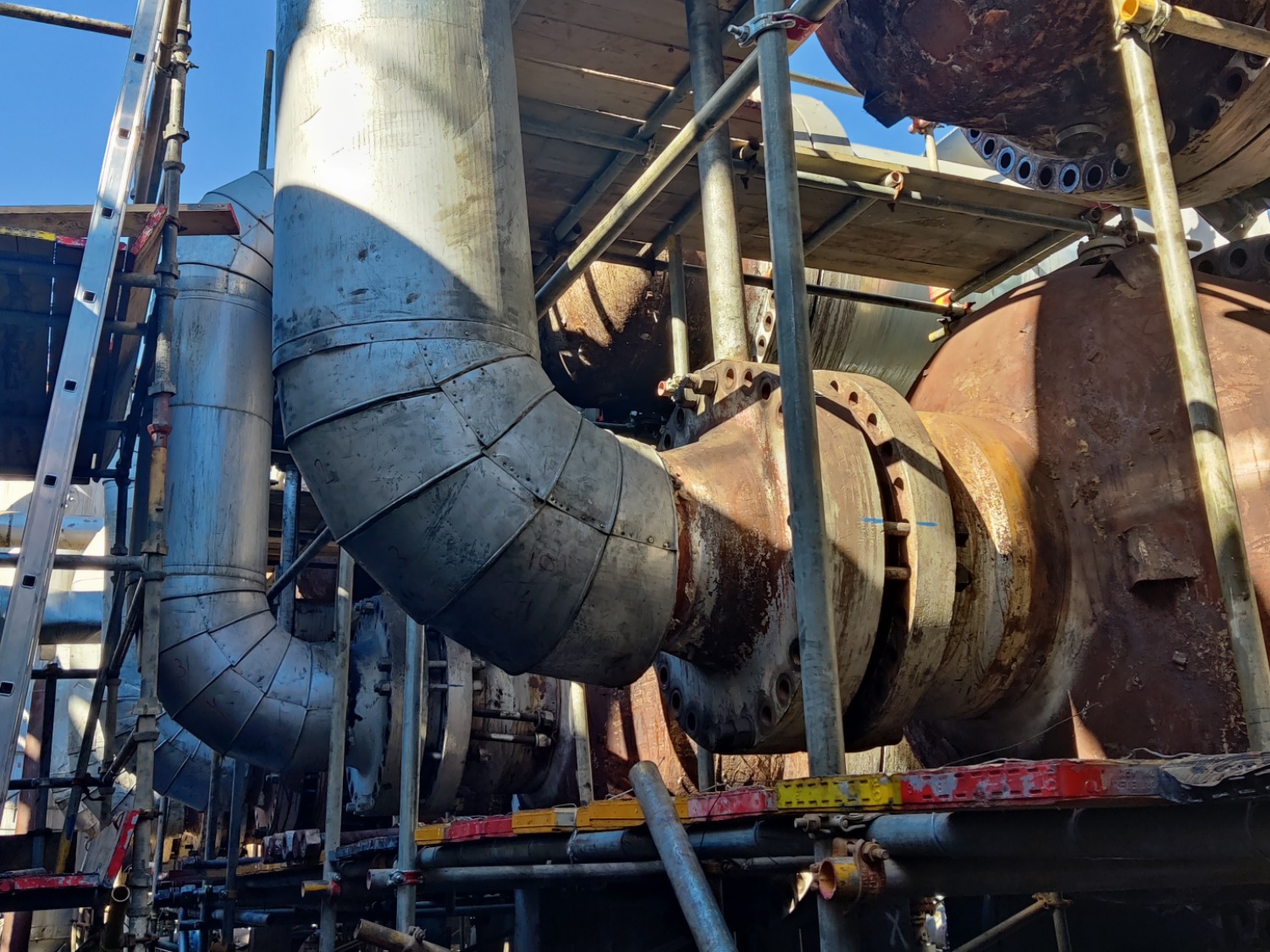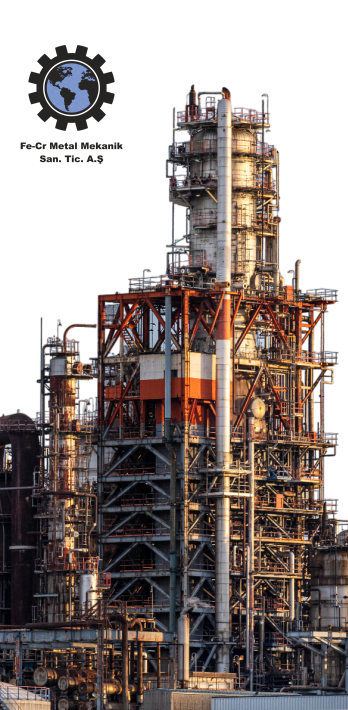.jpg)
Mechanical equipment is the backbone of industrial operations, including those in petrochemical plants, oil refineries, and other complex facilities. Proper maintenance ensures that this equipment remains reliable, efficient, and safe. Here’s a detailed overview of why maintenance is crucial and how it can be effectively managed:
1. Importance of Regular Maintenance
- Safety: Regular maintenance is vital for ensuring workplace safety. Unmaintained equipment can lead to accidents, malfunctions, and injuries. Ensuring equipment is in good working order helps prevent dangerous situations and promotes a safe working environment.
- Operational Continuity: By reducing the likelihood of unexpected equipment failures, regular maintenance ensures uninterrupted production. It helps avoid costly downtime and maintains smooth operational flow, which is crucial for meeting production targets and deadlines.
- Efficiency: Well-maintained equipment runs more efficiently, often consuming less energy and operating more smoothly. This not only lowers energy costs but also extends the lifespan of the equipment, leading to long-term savings and sustainability benefits.
2. Maintenance Types and Applications
- Preventive Maintenance:
- Definition: Scheduled maintenance performed at regular intervals to prevent equipment failures before they occur.
- Activities: Includes routine tasks such as lubrication, filter changes, and inspections.
- Benefits: Helps identify and address issues early, preventing major breakdowns and extending equipment life.
- Corrective Maintenance:
- Definition: Maintenance performed after equipment has failed or is showing signs of performance degradation.
- Activities: Involves diagnosing the issue, making repairs, and addressing the root cause to prevent recurrence.
- Benefits: Essential for restoring equipment to operational status and addressing immediate issues.
- Predictive Maintenance:
- Definition: Maintenance based on real-time data collected through sensors and monitoring systems.
- Activities: Uses data analysis to predict when maintenance should be performed, based on the actual condition of the equipment.
- Benefits: Allows for more precise maintenance scheduling, reducing unnecessary interventions and optimizing resource use.
3. Maintenance Management and Processes
- Planning and Programming:
- Tasks: Develop a maintenance schedule aligned with production requirements and equipment usage.
- Considerations: Determine maintenance intervals based on equipment operating hours, production demands, and equipment criticality.
- Maintenance Teams and Resources:
- Tasks: Assemble skilled maintenance teams and ensure they have access to necessary tools, materials, and spare parts.
- Considerations: Regular training and certification for maintenance staff are crucial for effective operations.
- Documentation and Reporting:
- Tasks: Keep detailed records of all maintenance activities, including inspections, repairs, and replacements.
- Considerations: Documentation aids in tracking equipment history, improving future maintenance planning, and ensuring compliance with regulations.
4. Training and Continuous Improvement
- Training:
- Tasks: Provide ongoing training for maintenance personnel on new technologies, safety protocols, and updated maintenance practices.
- Benefits: Enhances the skills of the maintenance team, ensuring they are equipped to handle new and emerging technologies and challenges.
- Continuous Improvement:
- Tasks: Regularly review and refine maintenance processes based on performance data and feedback.
- Benefits: Helps in identifying areas for improvement, optimizing maintenance strategies, and incorporating best practices.
Conclusion
Effective maintenance of mechanical equipment is essential for the operational success of industrial facilities. Implementing a structured maintenance strategy, including preventive, corrective, and predictive maintenance, ensures equipment reliability, safety, and efficiency. By adhering to best practices and continuously improving maintenance processes, industrial operations can achieve higher productivity and cost savings, while maintaining a safe and sustainable working environment.






.jpg)
.jpg)
.jpg)
.jpg)
.jpg)
